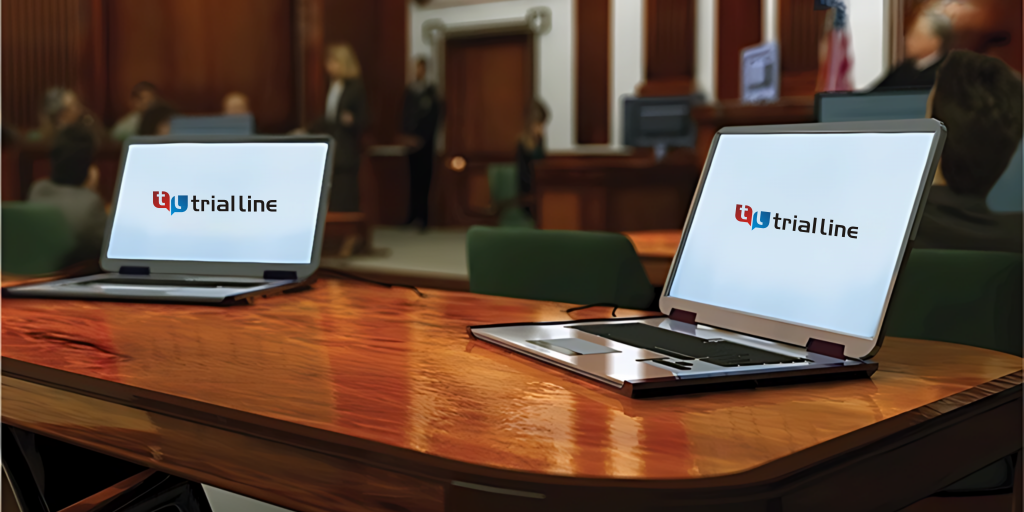How Trial Presentations Enhance Your Debate and Persuade Jurors
Trial discussions work as an essential device for enhancing legal disagreements and convincing jurors. By incorporating aesthetic aids, narrative structures, and psychological involvement, attorneys can create a compelling instance that reverberates on several degrees. The strategic use visuals not only clears up intricate details but also catches jurors' interest better than words alone. The art of storytelling plays a similarly important duty in changing accurate proof into a compelling narrative, forming jurors' assumptions. Recognizing these components can dramatically influence test results, increasing the concern of exactly how each component contributes to this complex dynamic.

Importance of Visual Help
Aesthetic aids play a vital function in improving the effectiveness of test discussions, as they can substantially boost target market interaction and retention of information. In the context of a test, where jurors are entrusted with processing complex details, aesthetic aids offer to streamline and clarify essential points. Graphes, graphs, and images can share data and concepts that might otherwise bewilder or confuse jurors, permitting for an extra simple understanding of the evidence provided.
Furthermore, aesthetic aids assist in maintaining juror focus throughout the procedures. By damaging the dullness of spoken statement, these tools can stress vital arguments, making them a lot more memorable. Reliable visual help can also evoke psychological reactions, which can be pivotal in encouraging jurors to align with the speaker's story.

Crafting Engaging Stories
A compelling story is essential in trial discussions, as it functions as the backbone of efficient persuasion. It permits attorneys to weave with each other realities, evidence, and emotional aspects into a systematic tale that reverberates with jurors. This narrative structure makes it possible for jurors to understand the intricacies of the case while assisting them via the lawyer's argument.
To craft an engaging story, lawyers must concentrate on clearness and coherence. Additionally, the use of vibrant descriptions can produce mental images that aid jurors envision the occasions, making the story much more memorable.
Furthermore, integrating vital styles throughout the presentation reinforces the core message and help in retention - trial presentations. The story ought to not only share info but also stimulate a sense of justice, highlighting the stakes involved. Inevitably, a sound narrative cultivates a link between the jurors and the instance, placing the attorney's debate as both legitimate and compelling, thereby increasing the chance of a positive verdict

Engaging the Court Emotionally
Reliable jury interaction depends upon the attorney's capacity to connect with jurors on a psychological level. This connection can dramatically affect jurors' assumptions and their ultimate decision-making. Using psychological appeals enables lawyers to humanize the why not try these out instance, transforming abstract lawful principles into relatable experiences. By providing real-life tales or testimonials, attorneys can evoke compassion and concern, fostering a deeper understanding of the problems at risk.
Visual aids, such as pictures or video clips, can further enhance emotional engagement, offering jurors with brilliant representations of the situation's human aspects. Crafting a narrative that highlights the battles and triumphs of the individuals included makes sure that jurors see beyond the legal disagreements and acknowledge the human repercussions of their decisions.
An attorney's enthusiastic delivery can reverberate with jurors, strengthening their emotional financial investment in the situation. It's essential to stabilize psychological appeals with valid evidence, ensuring that jurors really feel compelled to act while continuing to be grounded in the fact.
Structuring Your Presentation

The body of the presentation must be practically segmented into bottom lines, each supported by compelling evidence. It is helpful to make use of narration techniques to weave facts into a narrative that jurors can quickly comply with. Aesthetic help, such as their website graphes and video clips, can enhance comprehension and engagement, helping to highlight vital items of proof.
Real-World Situation Researches
Analyzing real-world case researches supplies indispensable insights right into the art of trial discussions and persuasion. The protection team properly utilized a strategy that incorporated prominent expert statements with multimedia discussions, which astounded jurors and inevitably influenced their decision.
An additional noteworthy instance is the "McDonald's Coffee Situation," where the complainant's attorneys made use of visuals images of the injuries received by Stella Liebeck. trial presentations. This stark aesthetic evidence played a critical function in sharing the seriousness of her burns, bring about a considerable court award. Such situations show that impactful trial discussions typically pivot on the efficient assimilation of visuals and storytelling to evoke psychological feedbacks from jurors
Additionally, the "Casey Anthony Test" highlighted the relevance of narrative coherence and reputation. The prosecution's failure to establish an engaging timeline lessened their persuasive power, highlighting the need of a well-structured discussion. Evaluating these situations exposes that effective test presentations require tactical preparation, psychological interaction, and the ability to resonate with jurors' worths and ideas.
Final Thought
Test discussions significantly improve disagreements and persuade jurors with the critical use aesthetic help, engaging narratives, and psychological interaction. By simplifying complex details and fostering links with the target market, these components develop an unforgettable and impactful experience. A well-structured presentation equilibriums emotional charms with valid proof, inevitably reverberating with jurors' worths. The combination of these methods not only influences decision-making but additionally emphasizes the relevance of reliable communication in informative post the courtroom.
Comments on “Engaging trial presentations help attorneys present with confidence.”